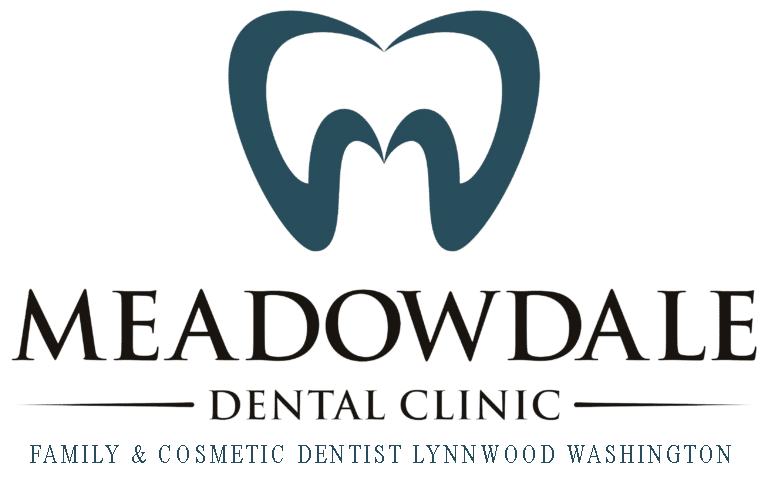Contact Meadowdale Dental Clinic Today (425) 742-9609
Treatments for Gum Disease
Gum disease is a significant issue plaguing most adults. The Center for Disease Control and Prevention estimates that over 50% of all adults over the age of 30 suffer from some sort of gum disease. If you are one of these adults, you may be wondering what treatments are available to you. The good news is that if it is caught early, gum disease is easily treatable and reversible. The bad news is, if the signs and symptoms are ignored for too long, the impact on the overall health of your mouth can be significant and severe.
The first treatment for the infection is to understand what it is and what to watch out for. The progression of the disease is essentially universal to all people. It begins as gingivitis. The most common signs of gingivitis are irritated or inflamed gums and gum line as well as bleeding while brushing or flossing. The symptoms usually start out quite mild and are therefore more or less ignored by most adults. Over time the symptoms worsen and eventually turn into periodontitis. Once it reaches this level, the severity is much worse. Periodontitis typically causes pockets between the teeth and gums to develop. The infection can eventually cause the tooth or teeth to fall out.
If you have these symptoms, there are several courses of treatment to try that range in invasiveness. The first step is to visit your dentist regularly and to improve your oral hygiene. If you have caught the gingivitis early enough, simply getting a good cleaning and improving your brushing and flossing habits will significantly decrease the gingivitis and in some cases eliminate it entirely. This is why acting on the first symptoms is so important.
Deep Cleaning Might Be Needed
If the gingivitis progresses too far you will need to undergo some more invasive procedures. The first step is usually a special cleaning. It is called “scaling and root planing.” This deep cleaning will help remove the excess plaque and tartar that is causing the periodontal disease. By doing this, your dentist is putting your gums in a position to heal on their own and for the disease to go away. If you have caught the gum disease early enough, this step usually takes care of the problem.
In some cases, the gingivitis will be too severe for scaling and root planing to work. In this case, you may need a surgical procedure to save the tooth. If this is the case, your dentist will refer you to a periodontist who specializes in gums and periodontal disease. The surgical procedure will target hard to get to places in the gum line that accumulates bacteria from the excess tartar and plaque. This procedure will hopefully eliminate enough of the bacteria in order for the tissues to heal. In some cases, you may also need a splint, bite guard, or other appliance to be used. These are designed to support the teeth if they are loose so that the tissues can heal and regenerate. In the most severe cases, your periodontist may have to do a soft tissue graft in order to replace lost tissue. Ultimately, the best treatment is preventative and early detection.
More on Gum Disease : Some Common Signs of Gum Disease
